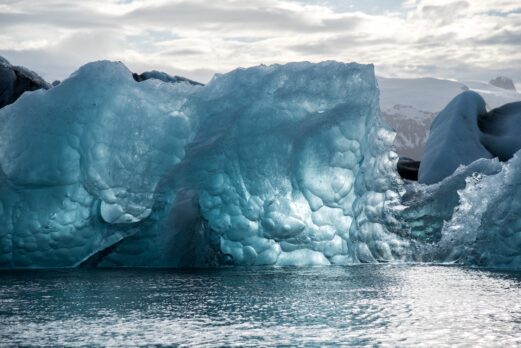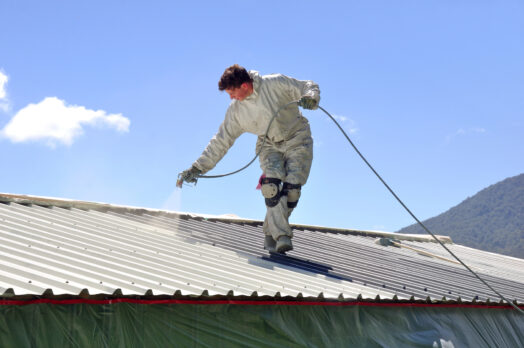
Glaciers in Antarctica and the Greenland ice sheet are melting faster than scientists had predicted, with global consequences including sea rise, storm surges, flooding, and displacements of coastal communities. Two major glaciers in Antarctica are melting faster now than they have in the past 5,500 years. Antarctica itself is losing ice mass at an average rate of about 150 billion tons per year, and that rate is increasing. NASA research shows that glaciers are melting six or seven times faster today than they were 25 years ago.
Antarctica’s Thwaites Glacier is being impacted not just by warmer outside temperatures but also by a warming ocean melting the ice below it, leading to a threat of collapse. Last year, scientists warned that the ice shelf holding the Thwaites Glacier in place could collapse within three to five years. These two forces are also causing the Greenland ice sheet, the largest ice mass in the northern hemisphere, to melt faster than expected, according to a recent study, and is losing an average of 250 billion metric tons of ice per year.
All of this rapid melting is accelerating sea level rise. NOAA research projects a rise in sea level of one foot in the U.S. by 2050, equal to how much it has risen over the past 100 years. The report says that by 2050, moderate flooding is expected to happen more than 10 times as much as it does today, increasing from one event every 2-5 years to multiple events each year in some places.
Another impact of sea level rise is saltwater intrusion into freshwater aquifers. This threatens drinking water sources and impacts agriculture. And some scientists are also concerned that the water from melting glaciers could unearth ancient viruses that have been frozen for thousands of years. Researchers recently discovered 33 viruses in ice samples from the Tibetan plateau in China that are estimated to be approximately 15,000 years old.
This should be a rallying cry for businesses, governments and individuals to take action now to reduce our carbon footprints. We can all do something as simple as changing the type of light bulbs we use. LEDs use up to 90% less energy and last up to 25 times longer than traditional incandescent bulbs. If every home in the country switched those sockets over to LEDs at once, we’d save an estimated 38 million tons of carbon dioxide emissions a year.
The Clean Ocean Action organization offers other actions that individuals and governments can take to mitigate sea level rise.

This year, why not gift yourself with energy efficiency? Whether you prefer a light touch or are the next Clark…

This past summer was both the hottest one on record and predicted to be the coolest one in our future.…

With the increasing frequency of climate-related disasters, our children are growing up in a changing world. This is a growing…